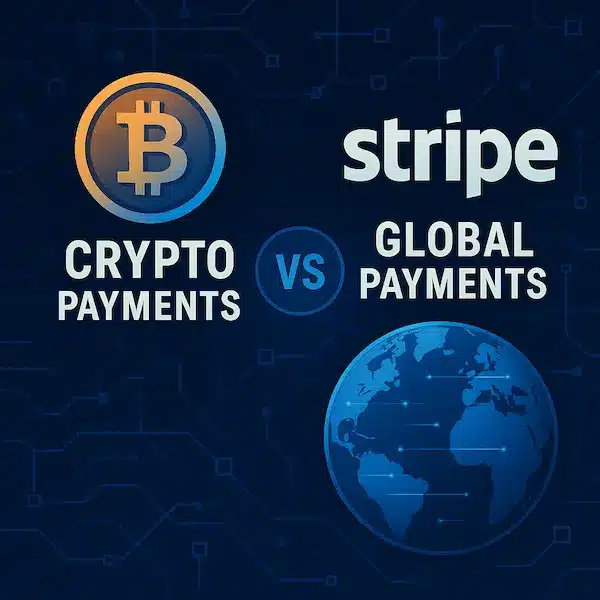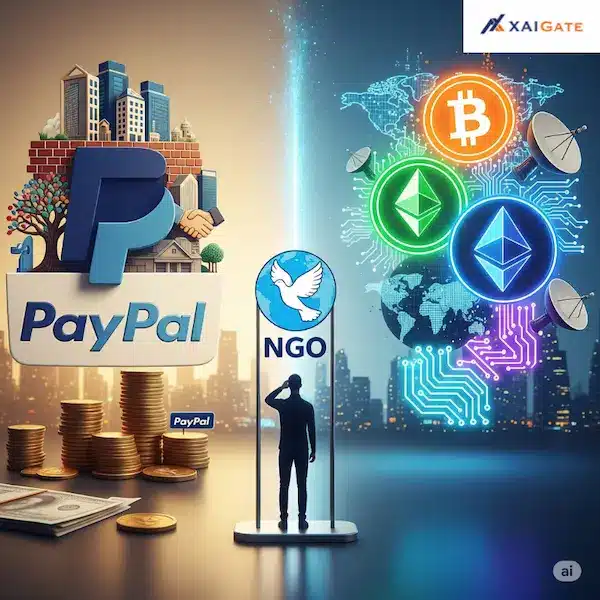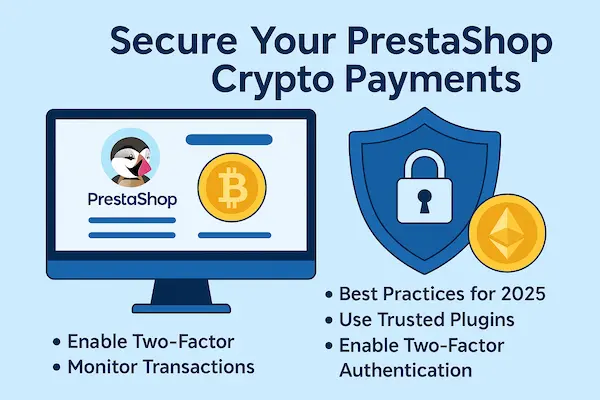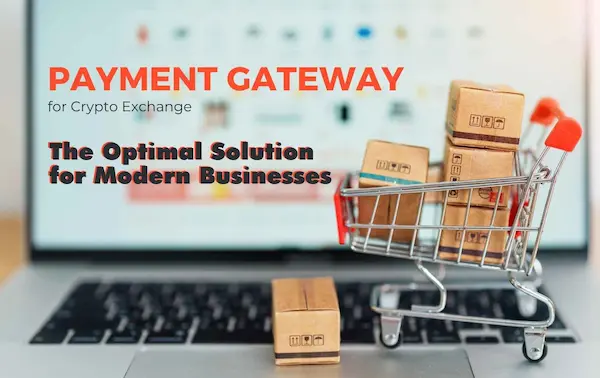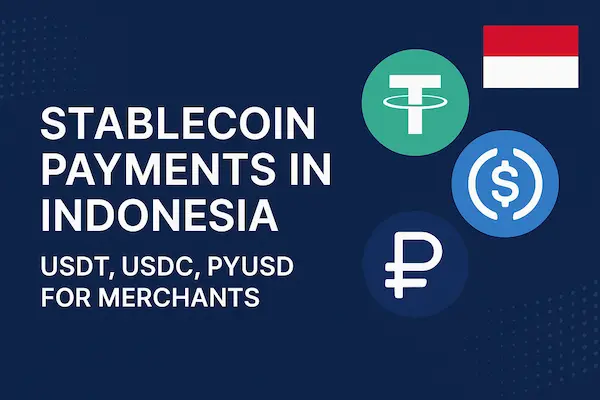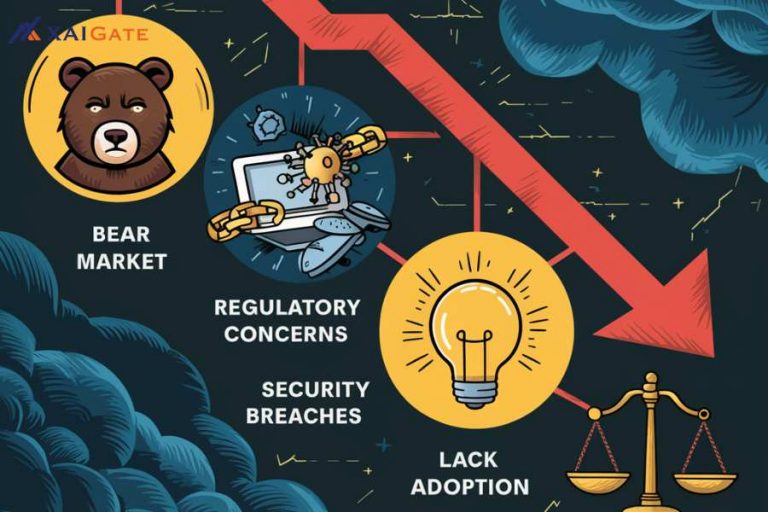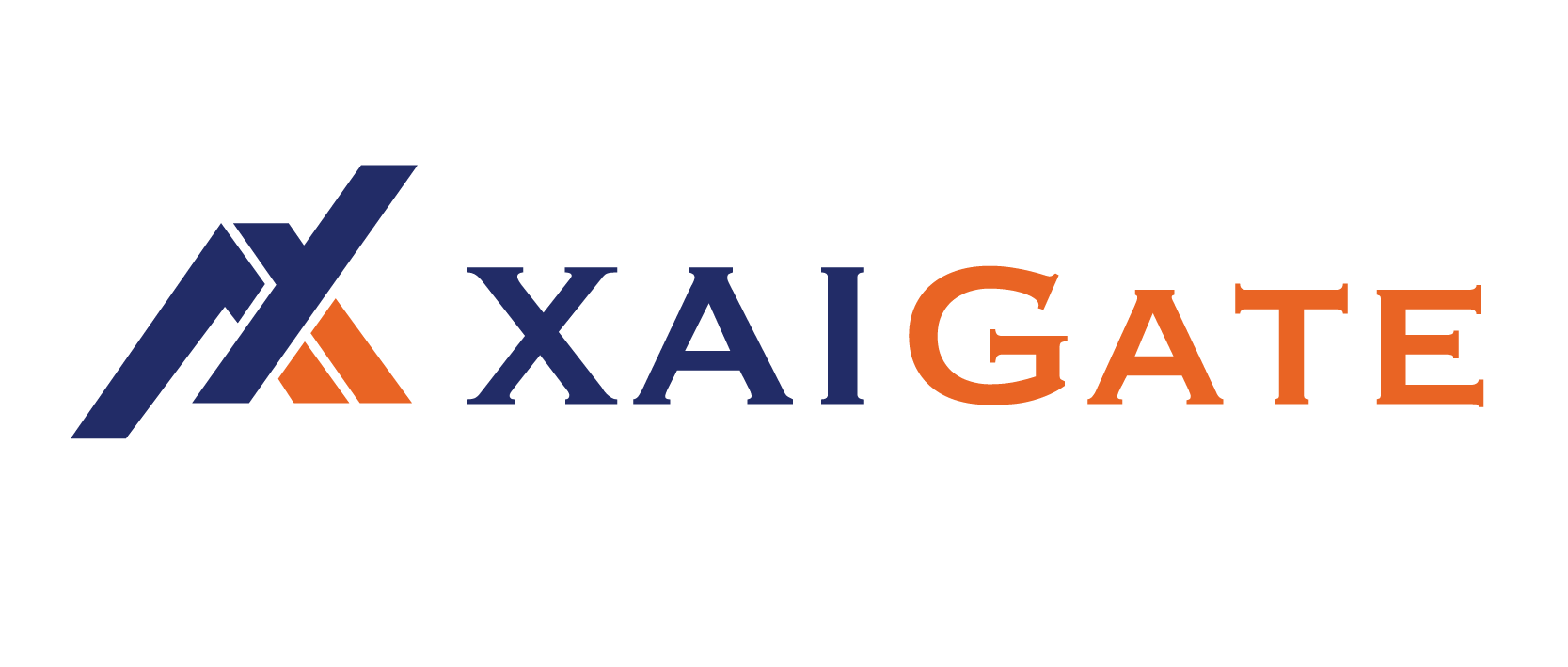There is a paradigm shift occurring in the digital payments system. Whereas the big brands of payment processors used to control online trade, such as Stripe, a new player is entering the field: international payments based on crypto. It is not merely a change of accepting payment using Bitcoin, because it is really a revolution of how businesses are supposed to make cross-borderless commerce even in a more interconnected world.
The contemporary global economy poses an increasing threat to the traditional payment systems. The cross-border fees are expensive, settlement processes (one of the main) take a long time, and unbanked people are not included, and modern business can simply no longer afford to neglect such barriers. There is an obvious solution in the form of cryptocurrency payment gateway services, which guarantee increased speed of transactions, reduced expenses, and genuine international reach.
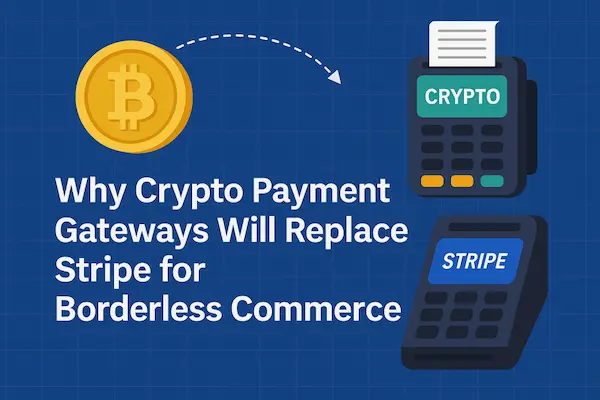
Contents
- 1 The Current State of Global Payment Processing
- 2 How Crypto Payment Gateways Work
- 3 Advantages of Crypto Payment Gateways
- 4 Real-World Applications and Success Stories
- 5 Comparing Crypto Gateways to Traditional Processors
- 6 Challenges and Limitations
- 7 The Future of Borderless Commerce
- 8 Implementation Strategies for Businesses
- 9 Conclusion
- 10 Frequently Asked Questions
The Current State of Global Payment Processing
Traditional Payment Gateway Limitations
Payments systems, such as Stripe, have been adequate to businesses in the developed markets but when organizations go international, then their shortcomings are exposed. Catering to some key pain points that the traditional systems can never solve, global payments with crypto can help eradicate them.
The traditional avenues of cross-border payments by use of multiple intermediaries usually have a fee charged in every stop. The transfer of U.S. payer to a European receiver could involve multiple communications with different banks and payment depositors and payment processors as well as clearinghouses. This leads to a complication of the fees that have to be paid, which amounts to 3-5 percent of each transaction with an extra charge of currency conversion.
Another important challenge exists in settlement times. Whereas the settlement of transactions within a country may be made within 2-3 days of business, international settlements may be done within 5-10 days of business. This causes operational challenges to businesses that are cash-based or those that operate in fast dynamic markets.
The payment systems based on geographic restrictions also restrict traditional systems. The large payment processors do not always provide services to many countries, either because of regulatory issues, or because the markets are too small. This cripples businesses to attend to prospective consumers in new markets.
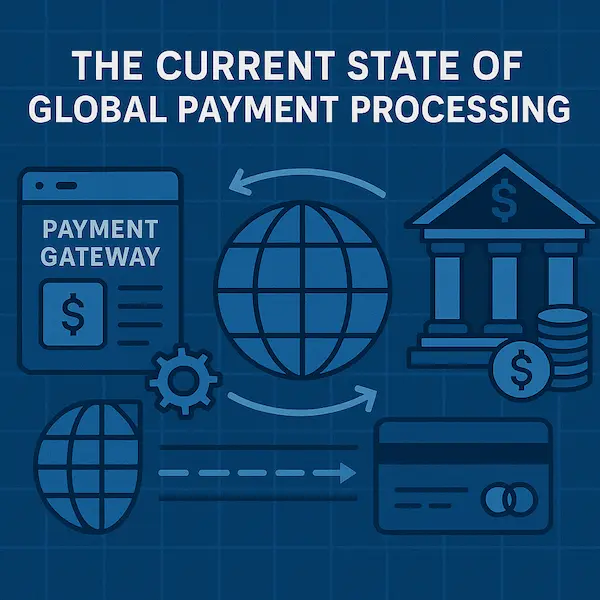
The Rise of Cryptocurrency Solutions
Cryptocurrency payment gateways emerged as a response to these limitations. By leveraging blockchain technology, these platforms offer direct peer-to-peer transactions without traditional banking intermediaries. Global payments with crypto enable instant settlement, reduced fees, and access to previously unreachable markets.
Early adoption focused primarily on Bitcoin payments, but modern crypto payment gateways support dozens of cryptocurrencies. This diversity allows businesses to cater to different customer preferences while maintaining operational simplicity through unified dashboards and reporting.
| Traditional Payments | Crypto Payments |
| 3-5% transaction fees | 0.5-2% transaction fees |
| 2-10 day settlement | Instant to 1 hour settlement |
| Limited global reach | Worldwide accessibility |
| Bank account required | Only internet connection needed |
| Chargeback risks | Irreversible transactions |
How Crypto Payment Gateways Work
Technical Infrastructure
Crypto payment gateways operate on blockchain networks, utilizing smart contracts and distributed ledgers to process transactions. When a customer initiates a payment, the gateway generates a unique wallet address for that specific transaction. The customer sends cryptocurrency to this address, and the blockchain network validates and records the transaction.
Modern crypto payment processors offer sophisticated features that rival traditional payment systems. These include automatic currency conversion, multi-signature security, and integration with existing e-commerce platforms. Many gateways also provide instant conversion to fiat currency, eliminating volatility concerns for merchants.
The underlying technology ensures transparency and security through cryptographic verification. Each transaction receives a unique hash that serves as an immutable record on the blockchain. This eliminates disputes about payment receipt and provides clear audit trails for accounting purposes.
Integration and User Experience
Leading crypto payment gateways prioritize seamless integration with existing business systems. APIs and plugins allow merchants to add cryptocurrency payment options without overhauling their current infrastructure. Popular e-commerce platforms like Shopify, WooCommerce, and Magento offer native integrations with major crypto payment processors.
From the customer perspective, the payment process resembles traditional online transactions. Customers select crypto payment at checkout, choose their preferred cryptocurrency, and complete the transaction using their digital wallet. Advanced gateways support QR code payments for mobile users and provide real-time transaction status updates.
Advantages of Crypto Payment Gateways
Lower Transaction Costs
Global payments with crypto typically cost significantly less than traditional payment processing. While credit card processors charge 2.5% to 4% per transaction, crypto payment gateways often charge between 0.2% and 2%. For high-volume businesses, these savings can amount to thousands of dollars monthly.
The cost reduction stems from eliminating intermediaries. Traditional payments involve acquiring banks, issuing banks, card networks, and payment processors—each collecting fees. Crypto payments bypass this infrastructure, with fees primarily covering network processing and gateway services.
Cross-border transactions see even greater savings. International wire transfers often cost $15 to $50 plus percentage fees, while crypto transfers typically cost under $5 regardless of amount or destination. For businesses regularly sending payments to international suppliers or receiving payments from global customers, these savings quickly add up.
Faster Settlement Times
Settlement speed represents one of the most compelling advantages of crypto payments. Traditional payment systems can take days or weeks to fully settle international transactions. Global payments with crypto settle within minutes to hours, dramatically improving cash flow management.
Bitcoin transactions typically confirm within 10-60 minutes, while newer cryptocurrencies like Ethereum can settle in seconds. Some crypto payment gateways offer instant settlement services, immediately converting crypto payments to fiat currency in merchant accounts.
This speed advantage extends beyond basic transactions. Refunds, which might take 5-10 business days through traditional processors, can be issued instantly with crypto payments. Customer satisfaction improves when refunds appear in their wallets within minutes rather than days.
Global Accessibility
Perhaps the most transformative aspect of crypto payments is their global accessibility. Anyone with internet access can send or receive cryptocurrency payments, regardless of their location or banking status. This opens previously inaccessible markets to businesses of all sizes.
Traditional payment systems exclude approximately 1.7 billion adults worldwide who lack access to banking services. Global payments with crypto include these populations, creating new customer bases for forward-thinking businesses. Countries with unstable currencies or restrictive banking regulations often show high cryptocurrency adoption rates, presenting opportunities for international commerce.
Regulatory clarity continues improving globally. Major economies including the United States, European Union, and Japan have established frameworks for cryptocurrency commerce. This regulatory progress reduces compliance concerns for businesses considering crypto payment adoption.
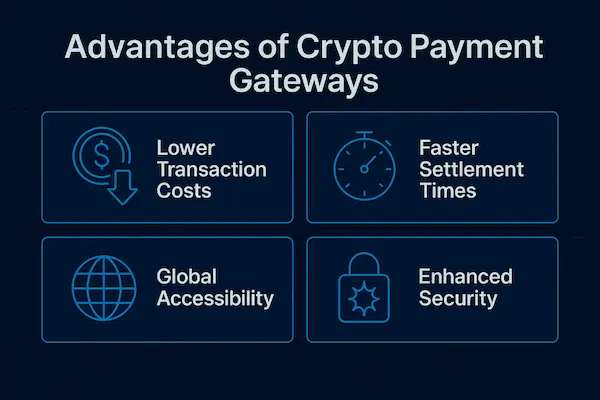
Real-World Applications and Success Stories
E-commerce Integration
Online retailers represent the largest adopters of crypto payment gateways. Fashion brands, electronics retailers, and digital service providers report increased conversion rates after adding cryptocurrency payment options. Customers appreciate the privacy and security benefits of global payments with crypto.
Overstock.com became one of the first major retailers to accept Bitcoin payments in 2014. Since then, they’ve processed millions of dollars in crypto transactions while reporting higher average order values from crypto customers. Their success inspired numerous other retailers to explore cryptocurrency payments.
Smaller e-commerce businesses often see even greater benefits. International dropshipping operations use crypto payments to avoid expensive international wire transfer fees when paying suppliers. This cost savings can improve profit margins by 2-3%, a significant advantage in competitive markets.
Service-Based Businesses
Professional service providers increasingly embrace crypto payments for international clients. Software developers, consultants, and digital agencies use global payments with crypto to eliminate banking delays and reduce transaction costs when working with overseas clients.
Freelance platforms report growing demand for cryptocurrency payment options. Remote workers in countries with limited banking infrastructure particularly value the ability to receive payments instantly without expensive intermediary fees. This accessibility helps businesses tap into global talent pools previously difficult to pay efficiently.
Subscription-based services benefit from crypto payment automation. Smart contracts can automatically process recurring payments without requiring stored payment credentials, reducing security risks and compliance requirements.
Comparing Crypto Gateways to Traditional Processors
Cost Analysis
A detailed cost comparison reveals significant advantages for global payments with crypto in many scenarios. Traditional processors typically charge a base rate plus additional fees for international transactions, currency conversion, and premium features.
| Fee Type | Traditional (Stripe) | Crypto Gateway |
| Domestic transactions | 2.9% + $0.30 | 1.0% – 2.0% |
| International cards | 3.9% + $0.30 | 1.0% – 2.0% |
| Currency conversion | 1.0% additional | Included |
| Chargeback fees | $15 per dispute | Not applicable |
| Monthly fees | $0 – $50 | $0 – $30 |
For businesses processing over $10,000 monthly, crypto payment gateways typically offer substantial savings. High-volume merchants negotiating custom rates may find even greater advantages with crypto processors.
Security Comparison
Both payment methods offer robust security, but through different approaches. Traditional processors rely on PCI compliance, encryption, and fraud detection algorithms. Crypto gateways leverage blockchain immutability and cryptographic verification.
Global payments with crypto eliminate certain fraud vectors entirely. Since crypto transactions are irreversible, merchants avoid chargeback fraud that costs traditional payment processors billions annually. However, this same characteristic requires careful transaction verification before processing orders.
Smart contract security continues evolving. Leading crypto payment gateways employ multi-signature wallets, cold storage for funds, and regular security audits. These measures often exceed security standards used by traditional payment processors.
User Experience Differences
Customer experience varies significantly between payment methods. Traditional payments offer familiar interfaces and established consumer protections. Crypto payments provide faster processing and enhanced privacy but require customer education about digital wallets and cryptocurrency basics.
Modern crypto payment gateways bridge this gap by offering simplified interfaces that abstract technical complexity. Customers can complete transactions without understanding blockchain technology, similar to how they use credit cards without understanding payment processing networks.
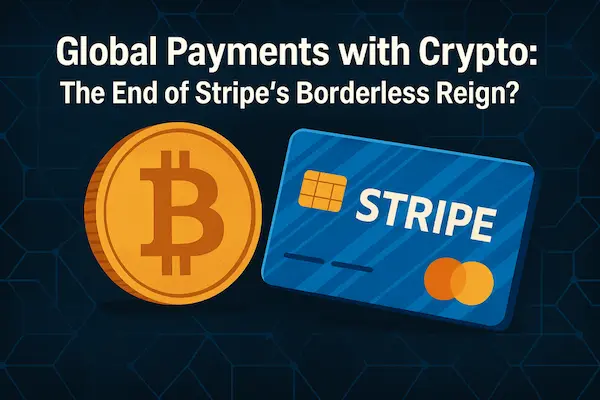
Challenges and Limitations
Regulatory Uncertainty
Despite growing acceptance, cryptocurrency regulation remains inconsistent globally. Some countries embrace crypto commerce while others impose restrictions or outright bans. Businesses using global payments with crypto must navigate this complex regulatory landscape.
The United States provides relatively clear guidance through agencies like the Financial Crimes Enforcement Network (FinCEN) and the Securities and Exchange Commission (SEC). However, state-level regulations vary, creating compliance challenges for multi-state operations.
International businesses face even greater complexity. European Union member states implement crypto regulations differently despite common frameworks. Asian markets show similar variation, with some countries leading adoption while others maintain restrictive policies.
Volatility Concerns
Cryptocurrency price volatility remains a significant concern for merchants considering crypto payments. Bitcoin’s value can fluctuate 5-10% daily, potentially affecting revenue predictability. Global payments with crypto require careful volatility management strategies.
Most modern crypto payment gateways address this through instant conversion services. Merchants can automatically convert crypto payments to fiat currency upon receipt, eliminating price exposure. This service typically costs 0.5-1% but provides certainty for businesses with tight margins.
Stablecoins offer another volatility solution. Cryptocurrencies pegged to fiat currencies like USDC or USDT maintain stable values while preserving crypto payment benefits. Growing stablecoin adoption may eventually eliminate volatility concerns entirely.
Technical Barriers
Implementing crypto payment systems requires technical expertise that some businesses lack. While payment gateways simplify integration, merchants must understand wallet management, private key security, and blockchain transaction monitoring.
Customer education presents additional challenges. Many potential customers remain unfamiliar with cryptocurrency usage. Businesses must balance offering crypto payment options with maintaining simple checkout processes for traditional payment users.
Infrastructure requirements vary by business size and transaction volume. Small businesses might use hosted solutions with minimal technical requirements, while enterprises often prefer self-hosted systems providing greater control and customization options.
The Future of Borderless Commerce
Emerging Technologies
Central Bank Digital Currencies (CBDCs) represent the next evolution in digital payments. Major economies including China, Sweden, and the Bahamas have launched or tested CBDCs. These government-backed digital currencies could combine crypto payment benefits with traditional currency stability.
Global payments with crypto will likely incorporate CBDC support as these currencies gain adoption. Payment gateways offering both cryptocurrency and CBDC options may capture the largest market share by serving diverse customer preferences.
Layer 2 scaling solutions continue improving crypto payment efficiency. Bitcoin’s Lightning Network and Ethereum’s various scaling solutions reduce transaction costs and increase processing speed. These improvements address current limitations while maintaining blockchain security benefits.
Market Predictions
Industry analysts predict significant growth in crypto payment adoption over the next five years. Global crypto payment gateway market size could reach $185 billion by 2030, representing 15-20% compound annual growth. This expansion reflects growing business and consumer comfort with cryptocurrency commerce.
Traditional payment processors recognize this trend and actively develop crypto payment capabilities. Stripe, PayPal, and Square now offer cryptocurrency services, validating the global payments with crypto market opportunity.
Institutional adoption accelerates market maturation. Major corporations including Tesla, Microsoft, and AT&T accept cryptocurrency payments. This mainstream acceptance encourages smaller businesses to explore crypto payment options.
Integration with Traditional Systems
The future likely involves hybrid payment systems supporting both traditional and crypto options seamlessly. Customers could choose their preferred payment method without merchants requiring separate processing systems. Global payments with crypto would become one option within comprehensive payment ecosystems.
API standardization could enable universal payment interfaces supporting all payment types. Merchants would integrate once and automatically support credit cards, bank transfers, cryptocurrencies, and emerging payment methods through unified systems.
Implementation Strategies for Businesses
Getting Started with Crypto Payments
Businesses considering global payments with crypto should start with comprehensive market research. Understanding customer demographics, geographic markets, and transaction patterns helps determine optimal implementation strategies.
Popular crypto payment gateways for beginners include BitPay, CoinGate, and Coinbase Commerce. These platforms offer simple integration, comprehensive documentation, and customer support designed for businesses new to cryptocurrency payments.
Start small with pilot programs. Implement crypto payments for specific product lines or customer segments before full deployment. This approach allows businesses to learn operational requirements and customer preferences without major infrastructure investments.
Best Practices for Integration
Successful crypto payment integration requires careful planning and execution. Businesses should prioritize security measures including multi-signature wallets, regular security audits, and employee training on cryptocurrency handling procedures.
Customer education materials help drive adoption and reduce support requests. Simple guides explaining cryptocurrency payment processes, wallet setup instructions, and security best practices improve customer experience and transaction success rates.
Monitor regulatory developments continuously. Cryptocurrency regulations evolve rapidly, and businesses must adapt compliance procedures accordingly. Consider consulting legal experts specializing in cryptocurrency law for complex regulatory questions.
Risk Management
Effective risk management strategies protect businesses while maximizing global payments with crypto benefits. Diversify cryptocurrency holdings across multiple currencies and consider automatic conversion to fiat for steady revenue streams.
Implement transaction monitoring systems to detect suspicious activity and ensure compliance with anti-money laundering (AML) regulations. Many crypto payment gateways offer built-in compliance tools, but businesses should verify coverage meets their specific requirements.
Maintain adequate insurance coverage for cryptocurrency holdings and operations. Specialized crypto insurance policies protect against theft, technical failures, and regulatory compliance issues that traditional business insurance might not cover.
Conclusion
The digitalization of the world economy with global payment in crypto is not just a technological upgrade but a paradigm shift in the overall direction of international trade, closer in the direction of inclusiveness and efficiency and access. Whereas legacy payment processors such as Stripe have been successful in well-developed markets as far as businesses are concerned, the weaknesses of using the old financial infrastructure are made more evident in a globalised economy like the one we live in.
Cryptocurrency payment gateways represent an attractive solution to some of the oldest problems: the transaction fee is dramatically lowered, and the settlement time is well under 24 hours, as well as opening up new markets that were not accessible before. The technology has reached the point of no longer being in an experimental phase and is now overwhelmingly secure, well-regulated and has an interface that has surpassed older methods of payments.
Even according to the evidence, crypto payment will not entirely disrupt the traditional processors in one night, thus it will introduce a hybridized environment in which businesses can use the advantages of both systems simultaneously. Such companies are forward-looking ones that can take crypto on board today and prepare to prosper in the borderless-commerce economy tomorrow.
In order to succeed in this dynamic environment strategies should be applied strategically, more risk must be controlled and customer training should be adopted. Companies considering how to introduce cryptocurrency in terms of payment and continuing to support the old methodology will attract the most extensive audience and profit on the global scale.
It is not a matter anymore of whether crypto payments will be an important part of world trade, but rather how fast organizations may change their work to use this evolution. The organizations, which initiate bold actions as the technology further evolves, will create competitive differentiators that will serve as the mark of their superlative in the digital economy without borders.
Frequently Asked Questions
1. What are the main advantages of crypto payment gateways over traditional processors?
Global payments with crypto offer three primary advantages: significantly lower transaction fees (0.5-2% vs 3-5%), faster settlement times (minutes vs days), and global accessibility without banking requirements. These benefits are particularly pronounced for international transactions and businesses serving unbanked populations.
2. How secure are cryptocurrency payments compared to credit card transactions?
Crypto payments offer different but often superior security characteristics. Blockchain technology provides immutable transaction records and eliminates chargeback fraud. However, transactions are irreversible, requiring careful verification. Leading crypto payment gateways employ multi-signature security, cold storage, and regular audits that often exceed traditional payment processor standards.
3. Do customers need technical knowledge to use crypto payments?
Modern crypto payment gateways have simplified the user experience significantly. Customers can complete transactions using QR codes or simple wallet interfaces without understanding blockchain technology. Many gateways offer conversion services that allow customers to pay with fiat currency while merchants receive crypto, further reducing technical barriers.
4. What happens if cryptocurrency prices fluctuate during a transaction?
Most professional crypto payment gateways offer instant conversion services that lock in exchange rates at the moment of transaction initiation. This eliminates volatility risk for merchants. Some gateways also support stablecoins (cryptocurrencies pegged to fiat currencies) that maintain stable values while preserving crypto payment benefits.
5. Are crypto payments legal for businesses in the United States?
Yes, cryptocurrency payments are legal for businesses in the United States, subject to standard financial regulations including anti-money laundering (AML) and know-your-customer (KYC) requirements. The regulatory framework continues evolving, but major agencies including FinCEN provide clear guidance for cryptocurrency commerce compliance.
6. How do taxes work with cryptocurrency payments?
In the United States, cryptocurrency payments are treated as property transactions for tax purposes. Businesses must track the fair market value of crypto received and report it as income. Many crypto payment gateways provide tax reporting tools and integrate with accounting software to simplify compliance requirements.
7. Can small businesses benefit from crypto payment gateways?
Small businesses often see greater relative benefits from global payments with crypto due to higher percentage savings on transaction fees and improved cash flow from faster settlement. Many crypto payment gateways offer plans specifically designed for small businesses with low monthly fees and simple integration options.
8. What should businesses consider before implementing crypto payments?
Key considerations include customer demand analysis, regulatory compliance requirements, technical integration capabilities, and risk management strategies. Start with pilot programs to test customer adoption and operational requirements before full implementation. Consider consulting with cryptocurrency legal and tax experts for complex situations.
For daily updates, subscribe to XAIGATE’s blog!
We may also be found on GitHub, and X (@mxaigate)! Follow us!

